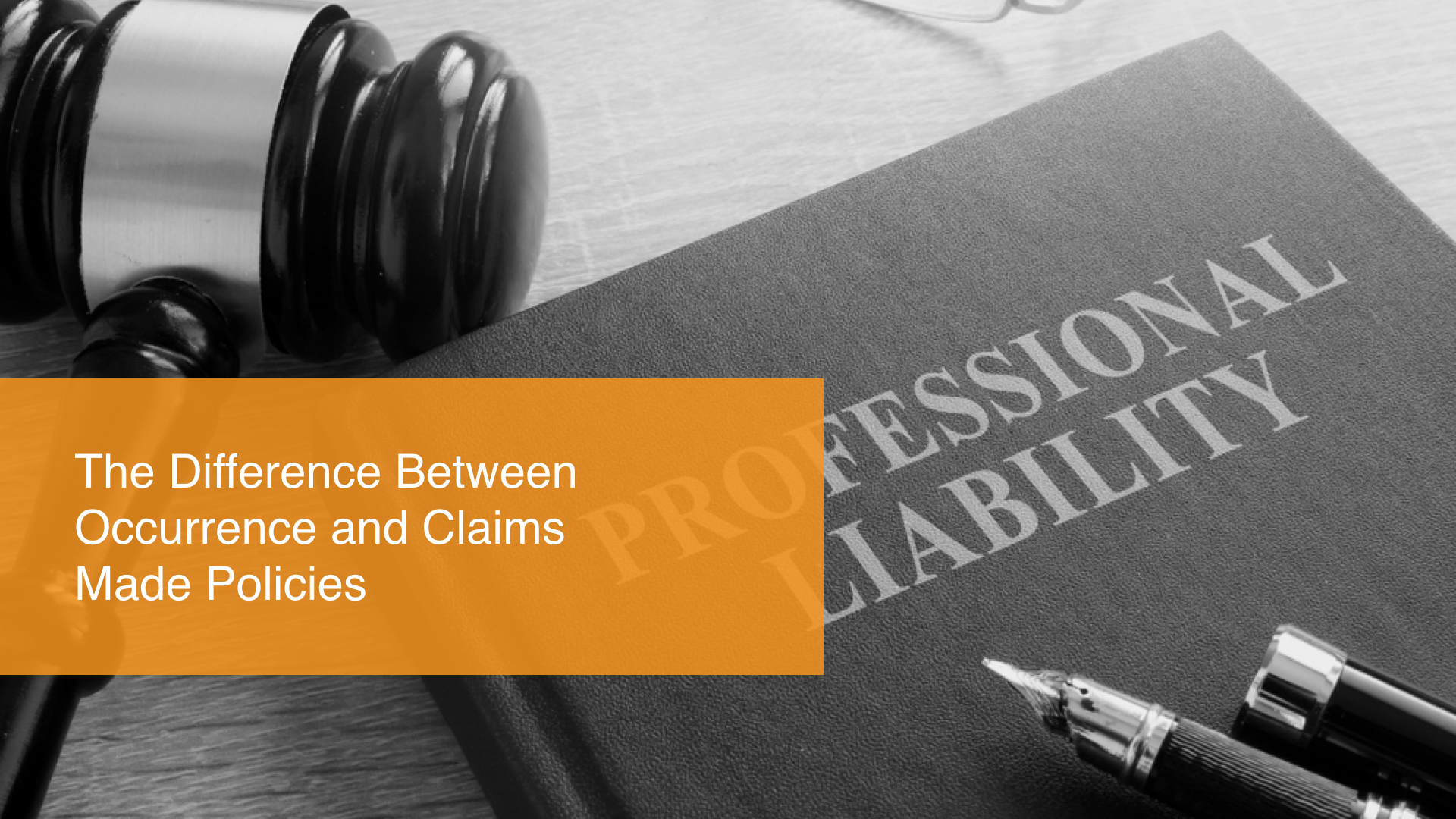


Professional liability insurance protects professionals such as attorneys, accountants and consultants. Most professional liability policies only cover economic or financial losses that third parties suffer. Generally, these policies do not cover bodily injury and property damage claims, although there are some exceptions (for example, physicians, engineers and architects). The most common professional liability insurance is errors and omissions insurance (E&O).
A professional liability policy is structured based on the coverage trigger. This policy can either be occurrence or claims made. Here are a few of the differences between Occurrence and Claims Made policies that you should know about.
When a policyholder has an occurrence-based policy, it covers any claim resulting from an event that took place during the coverage period, regardless if the policy has expired. This could result in a claim being paid out years after a policy has expired. Subsequently, an occurrence-based policy can be more expensive than the alternative—a claims made policy.
Claims made coverage is triggered when a claim is made against the insured during the policy period, regardless of when the event that resulted in the claim actually happened. However, it provides little or no coverage for claims made once the policy expires.
It is important to consider the pros and cons of each policy type before you make a choice between the two types of policies. Costs, limits, and availability are some of the key factors that should ultimately help you with your decision.
For more information on Professional Liability Insurance and other types of insurance, you may contact TSIB today at 201-267-7500. You may also click below to discover and read more content from TSIB's blog!
image credit: designer491/shutterstock.com
Comments